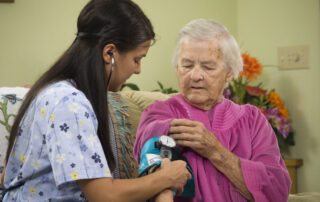The Status of Women In North Carolina: Political Participation
The Status of Women in North Carolina: Political Participation presents data on several aspects of women’s involvement in the political process in North Carolina, comparing North Carolina to other states and the United States overall.










